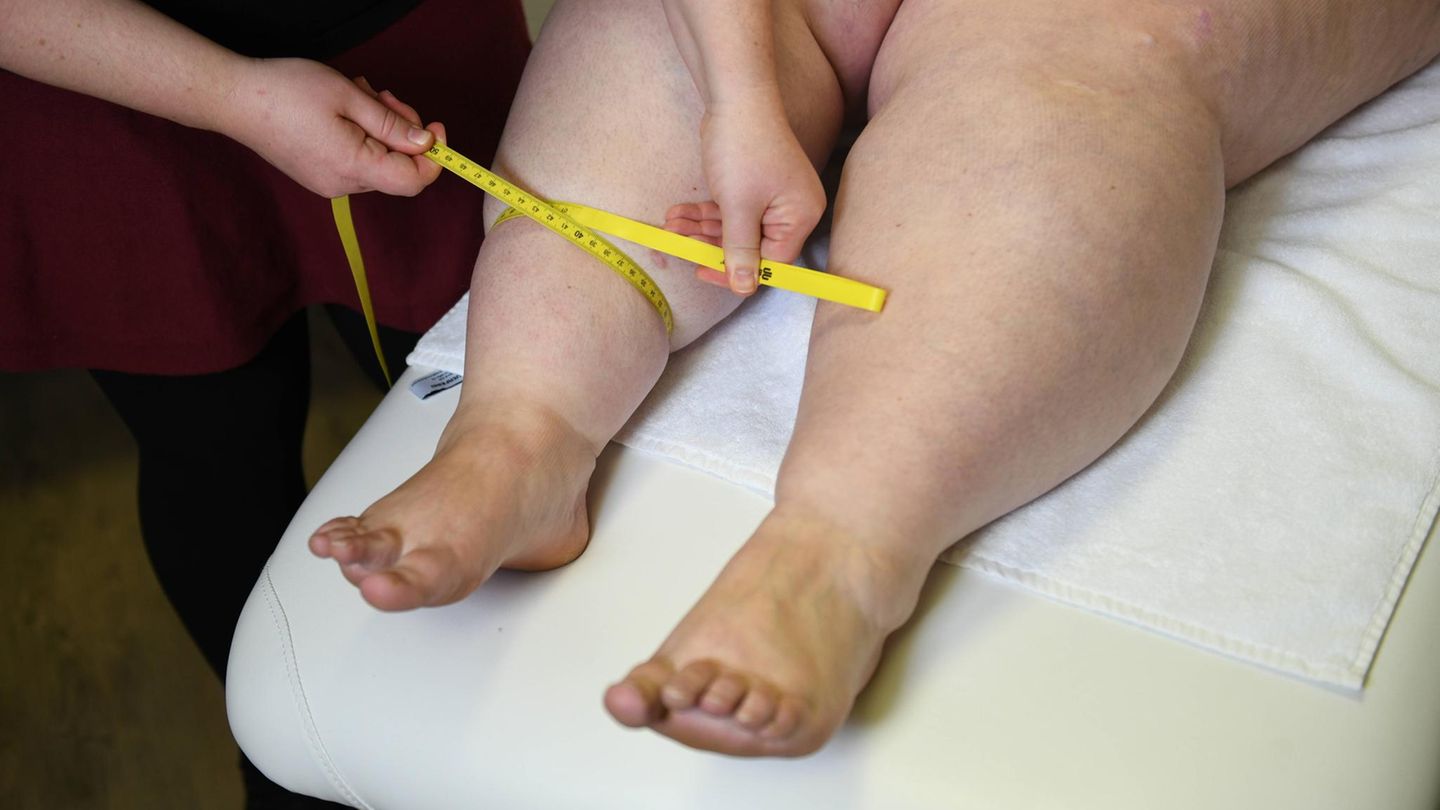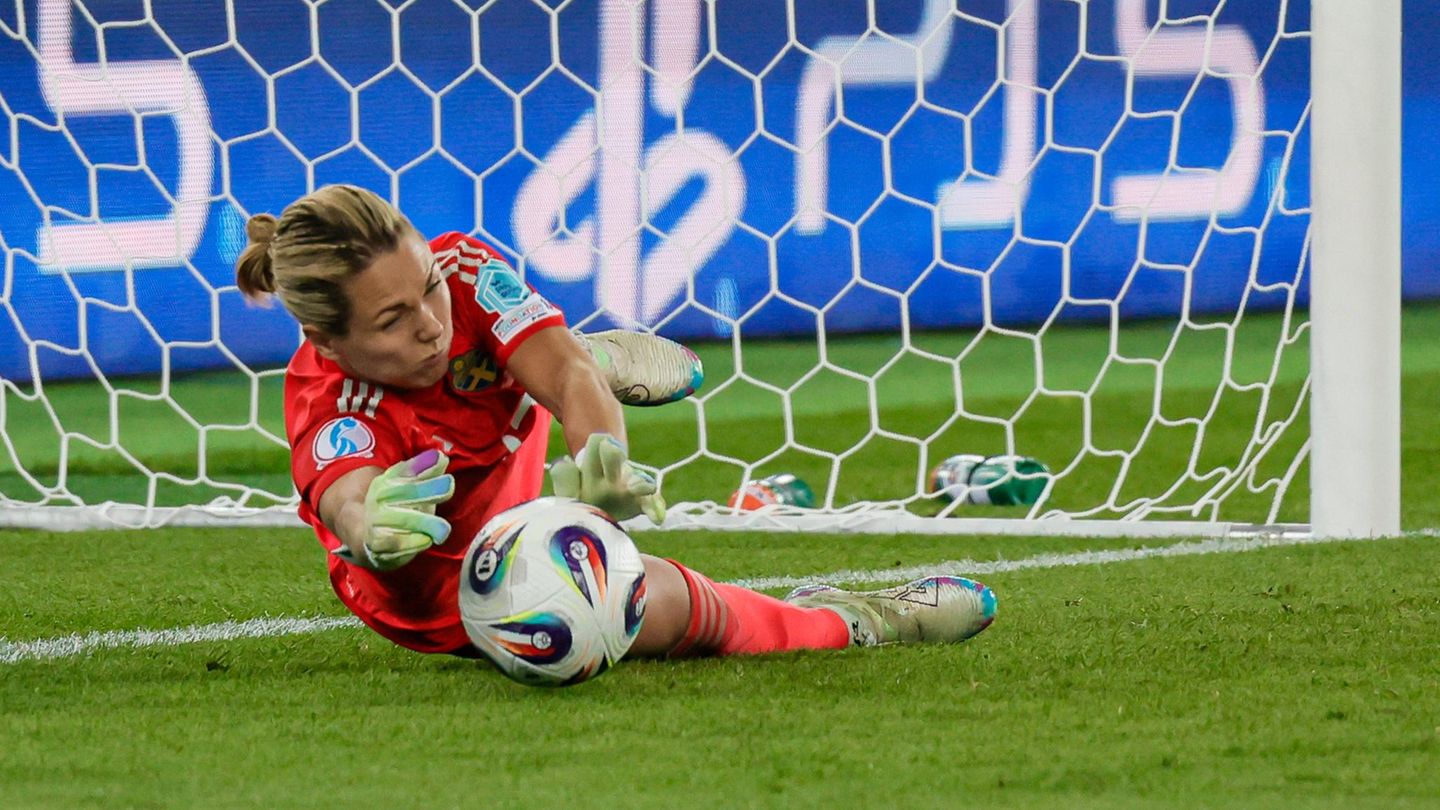After months of arguing
The federal and state governments announce agreement on Digital Pact 2.0
Copy the current link
The states have agreed with the federal government on a continuation of the “digital pact”, which is intended to ensure a modern IT infrastructure in schools. But the future of the agreement is uncertain.
After months of struggle, the federal and state governments have announced an agreement on a continuation of the so-called Digital Pact 2.0. Accordingly, the federal and state governments should invest 2.5 billion euros each in equipping schools with laptops and modern IT infrastructure over the next six years, as Federal Education Minister Cem Özdemir (Greens) explained on Friday at a press conference with state representatives in Berlin.
“We have to prepare our schools for a world that is digital,” said Özdemir. This will have a significant impact on the future of the children in the country. That is why the new digital pact will clearly focus on the qualification of teachers.
“Breakthrough in the last few meters”
Özdemir emphasized that it was a “breakthrough in the last few meters” – even if the future of the agreement would depend on decisions made by a future federal government, as the interim minister also admitted. The agreement that has now been reached does not initially have any binding effect, as it is also subject to future budget decisions. At the same time, Özdemir emphasized his confidence: “No future federal government will be able to ignore the agreement.”
The federal and state governments had struggled for months to reach an agreement. Under the former FDP Education Minister Bettina Stark-Watzinger, the federal-state negotiations on the Digital Pact 2.0 – a project from the traffic light coalition agreement – had stalled.
Several billion have been invested in recent years
Stark-Watzinger’s proposal also stipulated that the federal government would support the states with a total of 2.5 billion euros from the new year until 2030 if they invest the same share in the further digitalization of their institutions. There was great resistance from the countries to this 50:50 split.
With the agreement that has now been reached, they can contribute a large part of the funds, around two billion euros, by offsetting measures that have already been planned. This significantly cushions the financial burden on the countries.
In the first Digital Pact for Schools, which expired in May of this year, the federal government had contributed 6.5 billion euros since 2019 and covered 90 percent of the expenses for digitization in schools, such as laptops and digital boards. States and municipalities only had to cover ten percent.
dpa
Source: Stern
I have been working in the news industry for over 6 years, first as a reporter and now as an editor. I have covered politics extensively, and my work has appeared in major newspapers and online news outlets around the world. In addition to my writing, I also contribute regularly to 24 Hours World.




